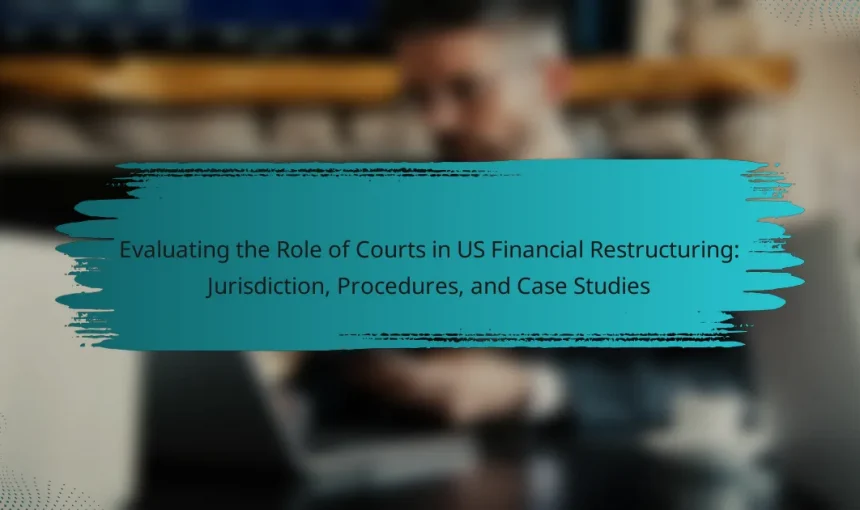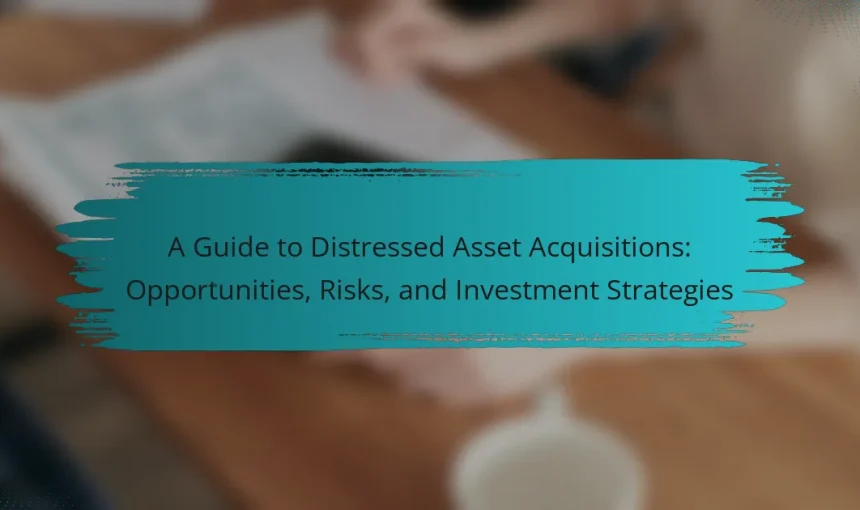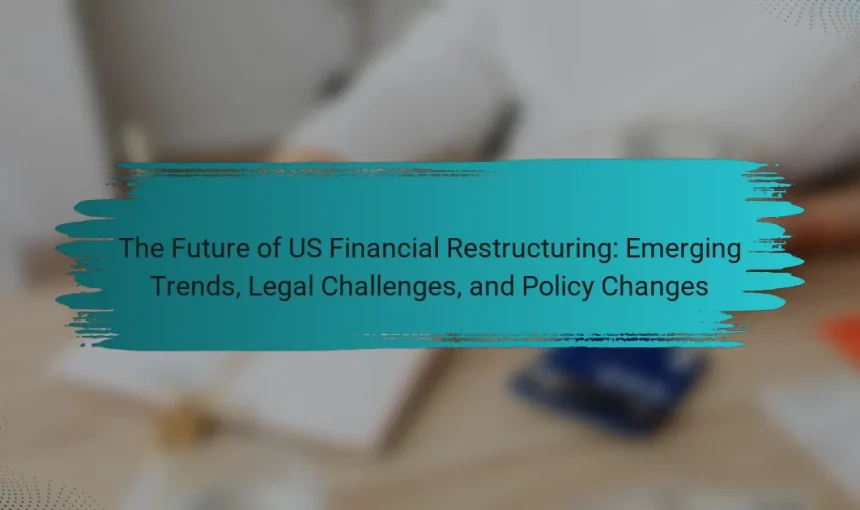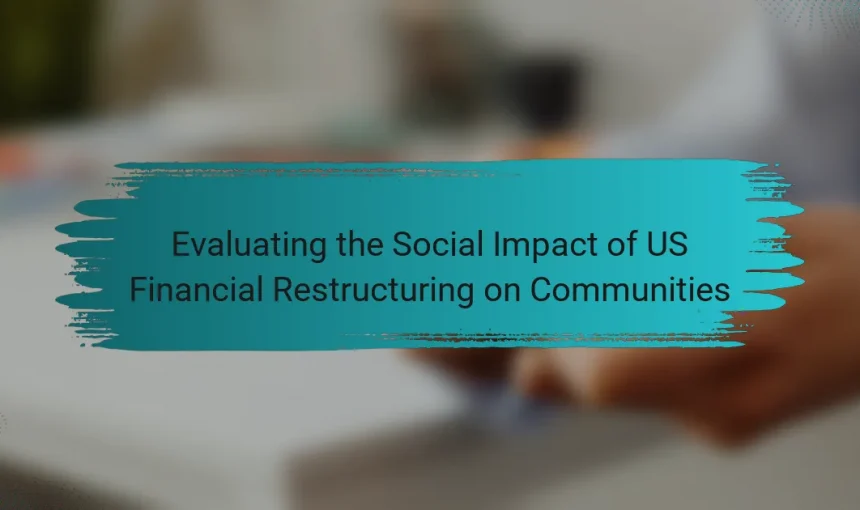Courts are the primary entities overseeing financial restructuring in the United States, specifically managing bankruptcy proceedings under the Bankruptcy Code. This article evaluates the jurisdictional authority of federal bankruptcy courts, which includes adjudicating Chapter 11 reorganizations and Chapter 7 liquidations. It outlines the procedural steps courts follow, from the initial bankruptcy petition to the approval […]
Distressed asset acquisitions refer to the purchase of underperforming or financially troubled assets, which can include real estate, companies, or financial instruments. Investors are attracted to these assets due to the potential for significant returns after rehabilitation, often acquired at lower prices. The article explores the opportunities presented by distressed assets, such as acquiring undervalued […]
The legal framework of US financial restructuring is primarily governed by the Bankruptcy Code, specifically Title 11 of the United States Code. This code outlines the processes for reorganizing or liquidating debts, with Chapter 11 being the most frequently utilized provision for corporate restructuring, allowing companies to continue operations while repaying creditors. Key regulations also […]
Credit counseling is a vital service in the United States that assists individuals in managing and restructuring their debts. It involves a thorough assessment of a person’s financial situation, leading to the creation of personalized repayment plans and negotiations with creditors to achieve lower interest rates and monthly payments. Various types of credit counseling services, […]
Negotiating debt settlements in the US involves several essential steps that can help individuals manage their financial burdens. Key actions include assessing one’s financial situation, determining a negotiation strategy, and contacting creditors to discuss settlement options. It is crucial to review total debts and income, decide whether to negotiate independently or seek professional help, and […]
The article focuses on the future of US financial restructuring, examining key elements such as debt renegotiation, asset sales, and operational changes aimed at stabilizing distressed entities. It highlights the legal challenges posed by complex bankruptcy laws and regulatory compliance, which can complicate the restructuring process. Anticipated policy changes include increased regulatory oversight and enhanced […]
This article evaluates the social impact of financial restructuring in the United States on communities. It highlights the dual effects of financial restructuring, including increased economic inequality, job losses, and reduced access to essential services, which can lead to diminished quality of life and heightened poverty rates, particularly in low-income neighborhoods. Conversely, it also discusses […]
Chapter 11 bankruptcy is a legal framework that enables businesses to reorganize their debts while continuing operations and protecting themselves from creditors. This process is commonly utilized by large corporations seeking to return to profitability. Key elements include the submission of a reorganization plan to the bankruptcy court and the opportunity for creditors to vote […]
Debt consolidation is the process of merging multiple debts into a single loan, which simplifies repayment and often leads to lower interest rates. This financial strategy is particularly relevant in the context of US financial restructuring, where it aids individuals in regaining financial stability and avoiding bankruptcy. Over 40 million Americans have utilized debt consolidation […]
Financial education is a critical component in preventing debt accumulation, providing individuals with essential knowledge for effective money management. It emphasizes the importance of budgeting, saving, and understanding credit scores, which collectively reduce the risk of overspending and falling into high-interest debt. Studies indicate that individuals with financial literacy experience better financial outcomes, including increased […]









